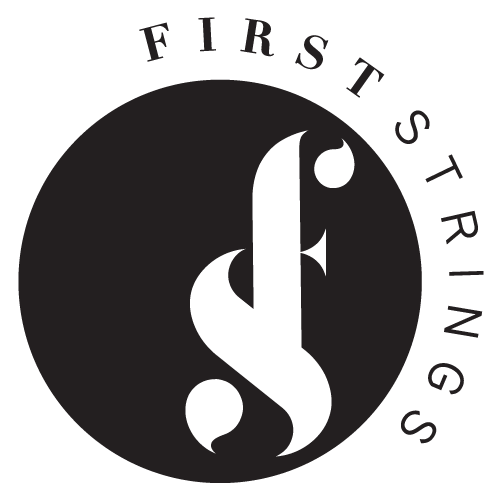String Instrument Sizing Guide
How are string instruments measured?
String instruments are measured according to the length of the body of the instrument and the length of the arm. Here we show you how to quickly determine the correct size for you.
Why is correct measuring important?
Your instrument size reflects its sound quality and play-ability. Posture and technique are important factors in instrument choice, so consider them carefully.
If you're just starting out, we recommend you take some time to find the best fit for you and your instrument!

Violins
The violin that is right for you depends on the length of your arm and the length of the violin body. To measure your arm length, hold your left arm parallel to the floor and run a tape measure from your neck to the palm of your hand; this indicates the maximum length instrument that will be comfortable for you. The table below provides the range of violin sizes for easy reference. The length of the violin body is found by measuring between the bottom of the instrument (near the end pin) to the top end (where the neck attaches to the body).
Do you already have a violin? To see if it is right for you, hold it in playing position and cup your left hand around the scroll – the three middle fingers should comfortably sit halfway around.
If you are unsure about the best size instrument, an experienced violin teacher can help you make the most appropriate choice.
| Size of Violin | 1/16 | 1/10 | 1/8 | 1/4 | 1/2 | 3/4 | 4/4 |
|---|---|---|---|---|---|---|---|
| Measurement (CM) | 35-38 CM | 39 - 42 CM | 43 - 46 CM | 47 - 51 CM | 52 - 56 CM | 57 - 60 CM | > 60 CM |
| Average Age of Student | 3 - 4 YRS | 4 - 5 YRS | 5 - 6 YRS | 6 - 7 YRS | 7 - 8 YRS | 9 - 11 YRS | 11 - 13+ YRS |
Violas
The viola that is right for you depends on the length of your arm and the length of the viola body. To measure your arm length, hold your left arm parallel to the floor and run a tape measure from your neck to the palm of your hand; this indicates the maximum length instrument that will be comfortable for you. The table below provides the range of viola sizes for easy reference. The length of the viola body is found by measuring between the bottom of the instrument (near the end pin) to the top end (where the neck attaches to the body).
Do you already have a viola? To see if it is right for you, hold it in playing position and cup your left hand around the scroll – the three middle fingers should comfortably sit halfway around.
If you are unsure about the best size instrument, an experienced viola teacher can help you make the most appropriate choice.
For violas larger than 14", arm length and instrument weight are more important than age, so always try larger violas before purchasing.
| Size of Viola | 11" | 12" | 13" | 14" | 15" | 15.5" | 16" |
|---|---|---|---|---|---|---|---|
| Measurement (CM) | 47 - 51 CM | 52 - 56 CM | 57 - 60 CM | 60 - 63 CM | 63 - 65 CM | 65 - 67 CM | > 67 CM |
| Average Age of Student | 6 - 7 YRS | 7 - 8 YRS | 9 - 11 YRS | 11 - 13 YRS | 13 - 14 YRS | 14+ YRS | 14+ YRS |
Cellos
When choosing a cello, it is important to consider your
height and hand size. If you are unsure about the best size
instrument, an experienced cello teacher can help you make the most appropriate choice. The table below provides a range of cello sizes for easy reference.
Seat the student on a chair with their legs bent to a 90 degrees in an upright position. Be sure to check the student isn't leaning back or forward on the chair. Using a tape measure note the distance between the left knee and the left ear.
| Size of Cello | 1/10 | 1/8 | 1/4 | 1/2 | 3/4 | 4/4 |
|---|---|---|---|---|---|---|
| Measurement (CM) | Up to 54 CM | 54 - 59 CM | 59 - 64 CM | 64 - 69 CM | 69 - 76 CM | 76+ CM |
| Average Age of Student | 4 - 5 YRS | 5 - 6 YRS | 6 - 8 YRS | 8 - 10 YRS | 10 - 12 YRS | 12 - 13+ YRS |

